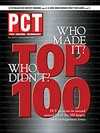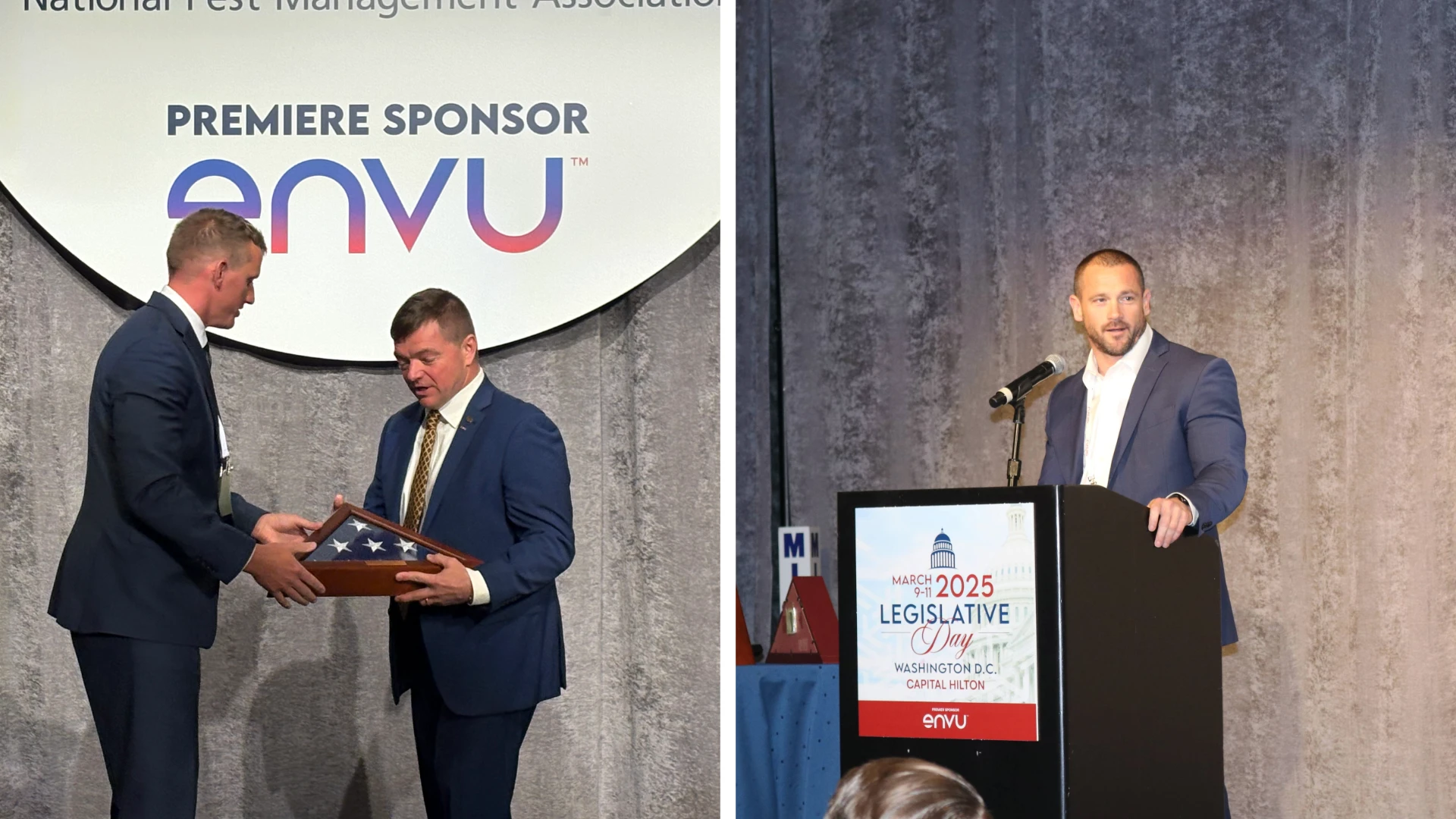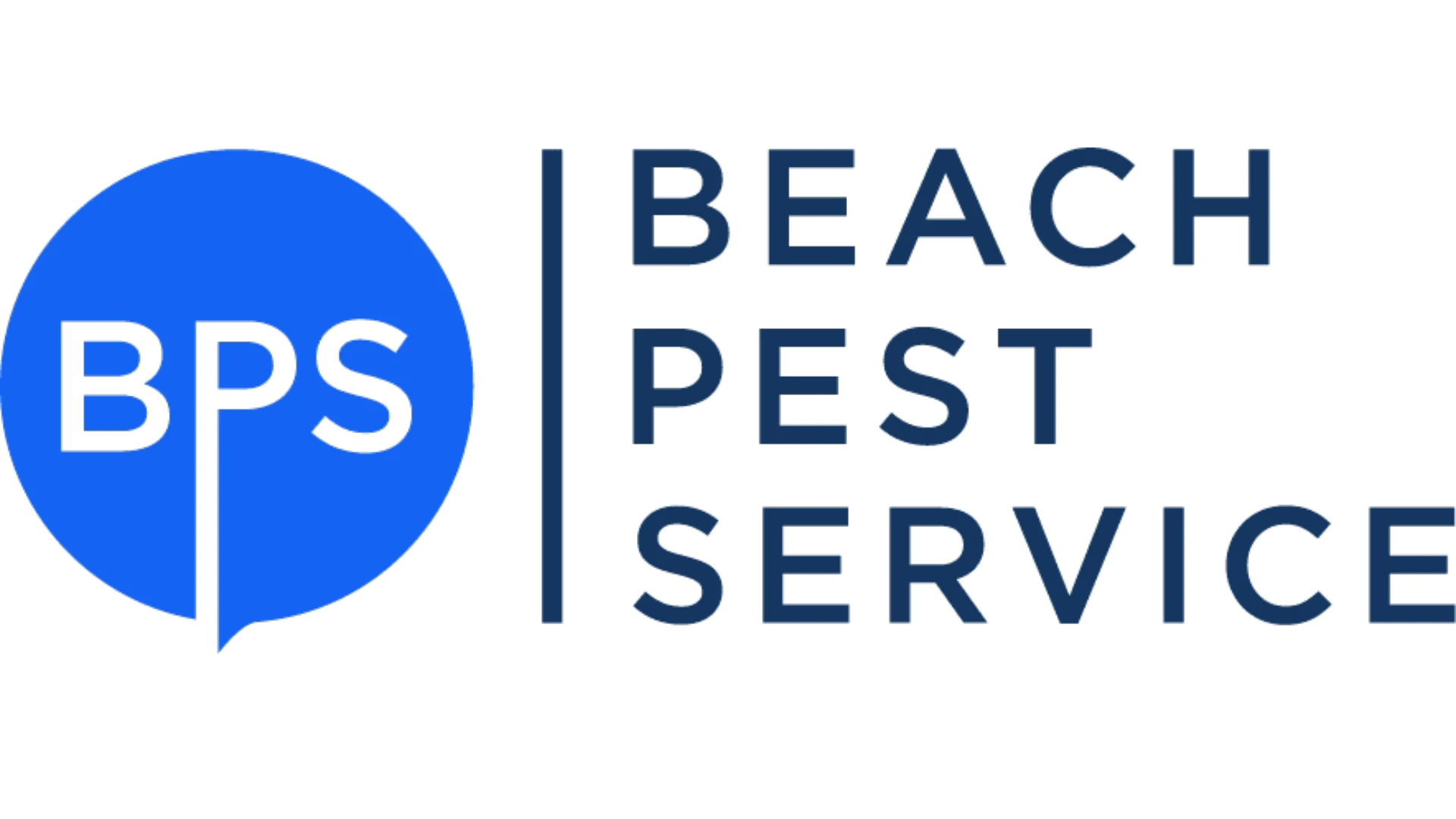Editor’s Note: In December, PCT traveled to Montvale, N.J., to interview Steve Burt, head of Bayer’s Professional Pest Management Business, for the publication’s Executive Forum series. During the interview, Burt indicated that Premise, the company’s flagship product, would be repositioned in 2003, a significant announcement given the highly competitive nature of the termite market. While Burt’s Executive Forum interview will not appear until June, Dan Meek, Bayer’s western regional sales manager, recently provided some additional insights into the strategic repositioning of Premise, comments pest management professionals should find interesting.
In 1995, Bayer Corporation introduced Premise (imidacloprid), the world’s first non-repellent liquid termiticide. The product had an immediate impact on the industry, expanding the PCO’s "toolbox" of pest control chemicals to include an alternative to traditional repellent termiticides. Premise offered a unique mode of action never before seen in the pest control industry, as well as excellent field performance. Despite its dramatic introduction eight years ago, however, a growing number of pest management professionals have recently been asking, "What happened to Premise?"
"What happened was loss of focus rather than product failure," according to Dan Meek, western regional sales manager for Bayer Environmental Science, Montvale, N.J. "PMPs know the environment surrounding Premise’s introduction. With traditional repellent products, such as pyrethroids and organophosphates, termites were able to detect and avoid the chemicals, enabling them to continue to forage until – in some cases – they found gaps in the termiticide barrier. As a non-repellent, Premise created an undetectable ‘Treated Zone®’ around the home, where termites unknowingly enter and are exposed to the active ingredient, imidacloprid, transferring it to other termites in the colony, and thereby causing massive reductions in the size of the population."
This mode of action, known for years as the Domino Effect® in regards to cockroach and ant baits, was little understood in relation to liquid termiticides in 1995. However, during the past few years, both Bayer’s researchers and several university trials have found the Domino Effect is an important mechanism in the effectiveness of Premise in controlling termite populations and, ultimately, protecting structures.
For more than five swarm seasons, Premise enjoyed widespread market success and an enviable record of field performance. And as the "first and only" product in its category, Premise reveled in that success, according to Meek.
Five years later, in 2000, Aventis Environmental Science introduced Termidor termiticide (fipronil), the second liquid non-repellent in the U.S. market. "The launch of Termidor proved to be a momentous success," Meek said. "Termidor created in the marketplace the perception that it solely owned the very same technical advantages that Premise had always possessed – a transfer effect and structural protection," he said. "Bayer was aware of these performance features of Premise, but never effectively communicated their importance to our customers, and this – in hindsight – was a great mistake. The result? For the first time in five years, Premise market share declined."
In an effort to combat the competition, Bayer developed a new umbrella theme, Home Health, designed to spotlight the power of Premise and bundle a growing line of ready-to-use products, such as Premise Gel – the world’s first termite gel. "Unfortunately, the strategy of bundling these products overshadowed the real Premise story – a proven product that pioneered a new category in the pest control industry, demonstrated through innovative technology and best-in-class research," Meek said.
"In addition, Bayer was using a consolidated sales force and technical service organization to sell products for both the turf and ornamental and pest control businesses; a strategy that prevented our field personnel from concentrating on the areas that required the most attention," he said.
"Another strategic position we abandoned was the issue of termite activity after treatment," Meek observed. "Because of the ability of Premise to effectively stop the termite’s ability to feed, but not necessarily kill quickly, PMPs misinterpreted ‘activity’ with ‘feeding.’ After all, that is the traditional definition. In the case of Premise, however, ‘activity’ equates to ‘termites that are not actively feeding, but are waiting to die.’ We’ve got to reiterate the message of the immediacy of control with Premise wherever and whenever possible," he said, "as well as the fact damage to structures stops immediately."
Meek also pointed to results from a study at the University of Hawaii, slated to appear in an upcoming issue of the Journal of Economic Entomology, that shows Premise does transfer between exposed and unexposed termites at soil concentrations typically found in a trench soil application. "Just five termites, previously exposed to imidacloprid-treated soil (‘donor’ termites), when released in an untreated environment with 95 unexposed termites (‘recipient’ termites) can cause great mortality in Formosan termites," he said. "Similar studies at other universities and from Bayer’s in-house research have documented lethal transfer of imidacloprid from exposed to unexposed workers in several species when donors were exposed for as little as one hour to 1 ppm of imidacloprid in treated soil (a fraction of soil residues resulting from typical use). While additional research needs to be conducted, it is extremely compelling information that should be communicated."
In 2002, Bayer endured a "period of transition" in the wake of the Aventis acquisition and subsequent divestment of fipronil, according to Meek. With the introduction of a new management team, however, the company has embarked on a number of initiatives including:
• Premise has in place a new, dedicated sales and technical service organization, which has nearly doubled in staff size, to concentrate solely on the pest control market, as well as a new research facility in Clayton, N.C.
• Premise will continue to conduct studies and assemble data that will further solidify its performance record.
• Premise will launch several key line extensions that will highlight new emerging technologies, enabling PMPs to implement more targeted, effective control as part of successful integrated pest management (IPM).
• Premise will continue to reinforce the importance of proper training and education, offering new programs for PMPs to succeed in the evolving pest management marketplace.
"As Bayer E.S.’s flagship product, Premise has a unique story to communicate," Meek said. "The only liquid product offering immediate structural protection, marked by seven years of commercial use in the U.S. and 10 years internationally. In the future, we’re going to look at every opportunity to tell our story, to support our PMPs, and to be active leaders in this industry."

Explore the May 2003 Issue
Check out more from this issue and find your next story to read.
Latest from Pest Control Technology
- Understanding Rodents and Bird Flu
- Green Pest Solutions Awards Safest Driver New 2025 Ford F150
- UF/IFAS Sheds Light on Tiny Invaders During Termite Awareness Week
- Registration Open for Lawn & Landscape Technology Conference
- Fleetio Launches Automotive Service Excellence Scholarship
- WorkWave Appoints John Phelan as CTO
- PMPs Use Capitol Hill Visits to Push for Preemption
- 20 Trapping Tips





